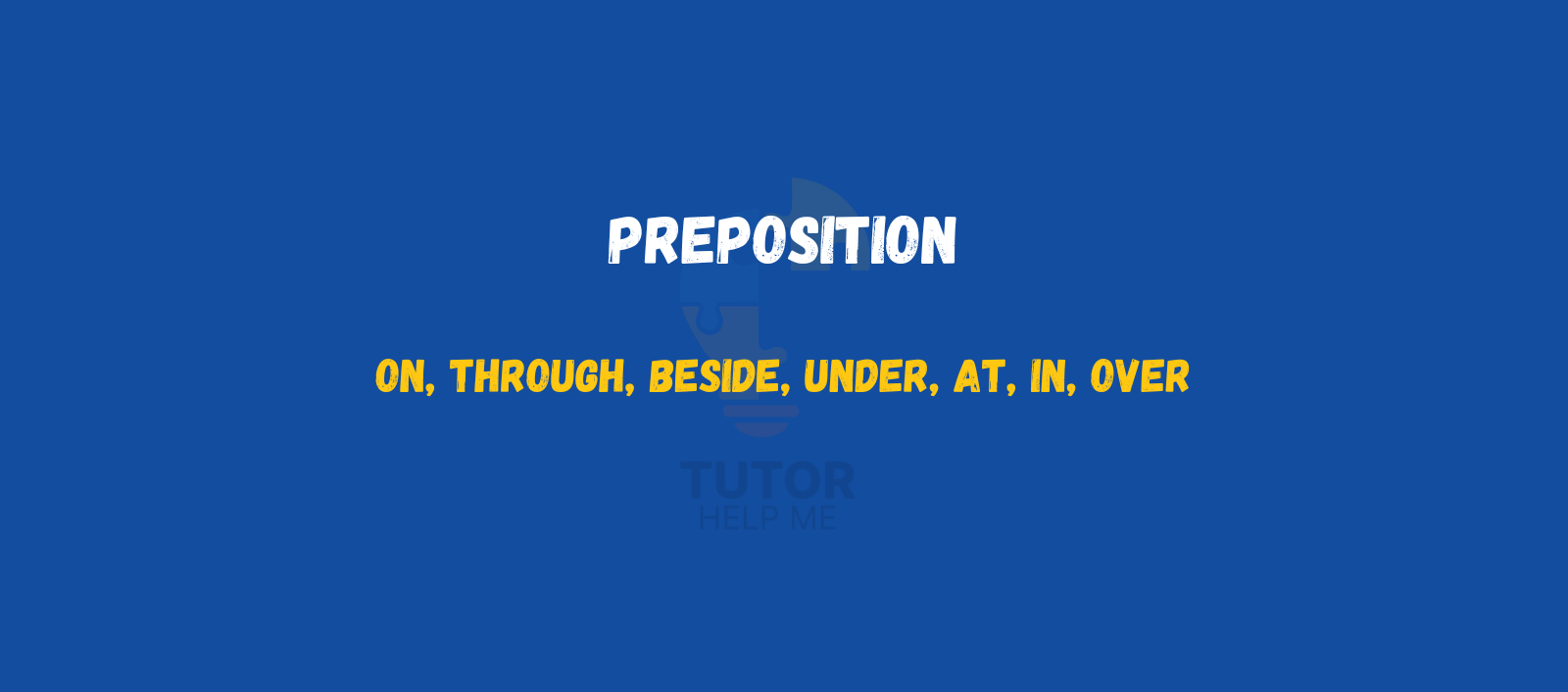Every word in English belongs to a group called a part of speech. Parts of speech help us understand how words work in a sentence.
There are eight main parts of speech in English grammar. Each has its own job and makes the sentence clear and meaningful.
In this blog, you’ll learn about all 8 parts of speech, their definitions, and simple examples.
8 Parts of Speech
Noun
A noun is a word used to name a person, place, thing, or idea.
Examples:
- The dog barked loudly.
- I visited Paris last summer.
- She lost her keys.
- John is a good student.
- The book is on the table.
- We walked through the forest.
- Her happiness matters most.

Pronoun
A pronoun is a word that replaces a noun to avoid repeating it. It helps make sentences smoother and shorter.
Examples:
- He is my brother.
- She loves to read.
- They are playing outside.
- It looks new.
- We will help you.
- Can you come with me?
- This is mine.

Verb
A verb is a word that shows an action or a state of being. It tells what the subject is doing or experiencing.
Examples:
- The baby cries every night.
- She runs very fast.
- They are happy.
- He wrote a letter.
- We eat dinner at 7.
- She has finished her work.
- The sun rises in the east.

Adjective
An adjective is a word that describes or gives more information about a noun or pronoun.
Examples:
- He is a smart boy.
- She wore a blue dress.
- We had a delicious meal.
- It was a cold day.
- The tall building collapsed.
- This is an interesting book.
- They live in a quiet town.

Adverb
An adverb describes a verb, adjective, or another adverb. It tells how, when, where, or to what extent something happens.
Examples:
- He spoke softly.
- She runs quickly.
- They arrived early.
- It is very cold today.
- He always comes late.
- She never lies.
- The baby slept peacefully.

Preposition
A preposition shows the relationship between a noun or pronoun and another part of the sentence..
Examples:
- The book is on the table.
- We walked through the park.
- He sat beside me.
- The cat is hiding under the bed.
- She is at the door.
- The keys are in my bag.
- He drove over the bridge.

Conjunction
A conjunction is a word that connects words, phrases, or clauses. It helps join ideas in a sentence.
Examples:
- I want tea and biscuits.
- She tried hard, but she failed.
- Call me when you arrive.
- I was tired, so I went home.
- He must run or he’ll miss the bus.
- I stayed inside because it was raining.
- You can have pizza or pasta.

Interjection
An interjection is a word or phrase used to express a sudden feeling or reaction. It often stands alone and is followed by an exclamation mark.
Examples:
- Wow! That’s amazing!
- Oh no! I forgot my keys!
- Ouch! That hurts!
- Hey! Wait for me!
- Yay! We won!
- Ugh! That smells awful!
- Bravo! Great performance!

why Choose Tutorhelpme?
- Experienced English Tutors – Skilled in grammar, writing, and speaking
- 1-on-1 Online Lessons – Personalised to your learning pace and goals
- Easy Scheduling – Learn at times that suit your daily routine
- Affordable Pricing – Quality lessons without high costs
- Exam & Homework Help – Get support with schoolwork, tests, and grammar rules
- Progress Tracking – See real improvements with monthly feedback
Conclusion
Each part of speech has its own role in a sentence. Knowing how they work helps you write and speak clearly.
By understanding all 8 parts of speech, you’ll build stronger grammar and better communication skills. Keep practising with examples, and you’ll get more confident every day.
FAQ’s
Why are parts of speech important in grammar?
They help us understand how each word functions in a sentence, making communication clearer and more effective.
What is the easiest way to learn parts of speech?
Start with simple definitions, read examples, and practice identifying them in short sentences.
How can I test my understanding of parts of speech?
Try filling in blanks, identifying parts in sample sentences, or using worksheets and quizzes online.
Where can I find help to improve my grammar?
You can learn through books, online lessons, or get 1-on-1 help from English tutors like those at TutorHelpMe.

